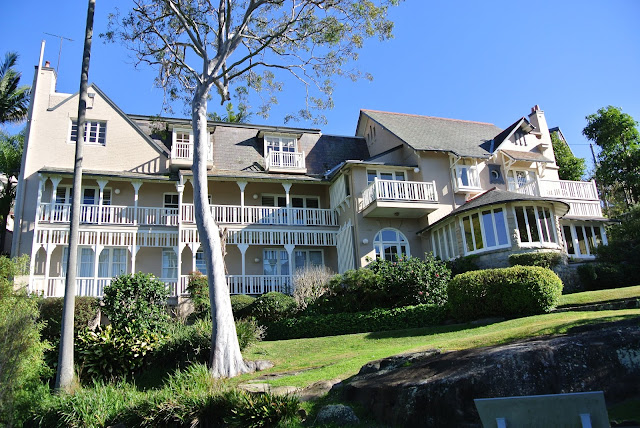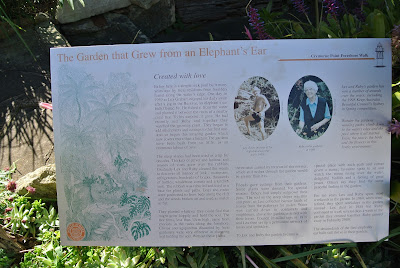Little Pattie is the stage name of Australian singer, Patricia Thelma Amphlett OAM (born 17 March 1949, Paddington, Sydney) later Patricia Thompson, who performed as a 1960s surf pop singer and then in adult contemporary music. Her debut single from November 1963, "He's My Blonde Headed, Stompie Wompie, Real Gone Surfer Boy", achieved #2 chart success in Sydney and peaked at #19 on the national Kent Music Report. She appeared regularly on television variety programs, including Bandstand and toured supporting Col Joye and the Joy Boys. Little Pattie was entertaining troops during the Vietnam War in Nui Dat, Vietnam, when the nearby Battle of Long Tần began on 18 August 1966. In 1994 she received the Vietnam Logistic and Support Medal in recognition of her services in support of the Australian Armed Forces in operations in Vietnam. Little Pattie received a Medal of the Order of Australia on 9 June 2003 for her services to the Media, Entertainment and Arts Alliance (as Natio











